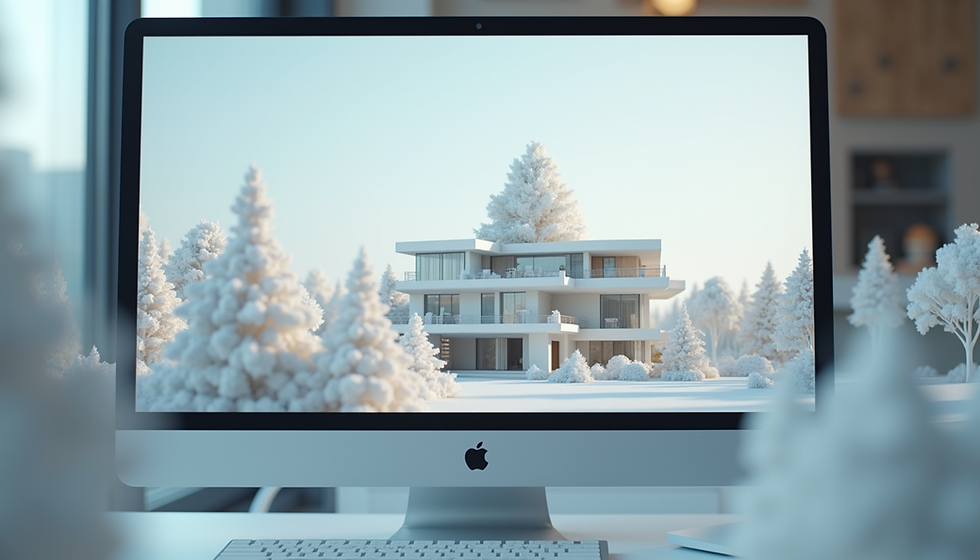Why do you need to clean Point Cloud?
- Survey Team
- Sep 4, 2023
- 3 min read
The number of measurements captured is INSANE; we are talking about a starting point of 360k+ measurement points per second.
Scanners scan everything around them in 360 degrees despite the fact that you may only need one particular measurement; they will capture it all, whether you require the information or not. It captures more than you can imagine in just a matter of seconds and dramatically decreases the time spent on site surveys while increasing accuracy by 110 times.

Point Cloud is data that any laser survey will output, and here are some most-used file formats: .E57, .RCP, .XYZ, but there are many others that can be converted to the one that suits your workflow best.
So, point cloud cleaning is an important part of the process, i.e., removing unnecessary measurement points or noisy points situated away or detached from the scanned subject (Property).
This is the first step of most workflows after the initial site survey is done to get the as-built 2D .DWG and .PDF Drawings and 3D Model.
After this cleaning, you only get the points that are needed and can start creating accurate 2D Plans or 3D Models corresponding to real life without any guesswork.

Traditional hand sketching has its challenges and limitations; one challenge is not having enough measurements or even missing them. Laser scanning, on the other hand, collects way more data than you can ever need. This can be the downside of large file sizes and a large amount of data; we are talking about 15GB+. This can be very challenging and may require more powerful computers, faster internet for collaborations, and data sharing, resulting in added time for data transfer and download.
Cleaning the scan data serves one purpose: to denoise the point cloud from reflections like scanning through mirrors or unnecessary measurements, as seen in images above. When measuring by hand, you would not measure into the mirror but point to the wall next to it. You would have only one or maybe two points on that wall. However, when scanning, it will capture every millimeter of the property, including walls, floors, ceilings, and everything within, including mirrors, skirting boards, sockets, and all visible elements in the property, including furniture and its dimensions. It will show the exact location of these elements and their dimensions and size.
This level of detail is great to have, but it can be challenging to manage, so cleaning removes all unnecessary data and leaves only what is needed. This way, the scan data only shows what's needed, and file sizes are also dramatically decreased, making it easier to work with and collaborate with teams.
After 2 hours of cleaning, we can clearly see every level of the property, every step of the stairs, thickness of any wall, its correct size and location, and also any changes in heights.
We can retrieve any needed measurements of all structural elements, as seen in the images, and the main thing is, this information is 100% accurate and something we all can rely on.
But I have a question: what would you choose for your site surveys, if you have the option to do one or the other?
A. Spend more time at the property, have less information, and when something is missing, do guesswork and brick counting, or even revisit the property.
B. Spend less time at the property but more time at the computer in your office, cleaning the scan data.
(To see the results please Vote)
What would you choose?
A. Spend more time at the property, have less information...
B. Spend less time at the property, more at the computer...




Comments